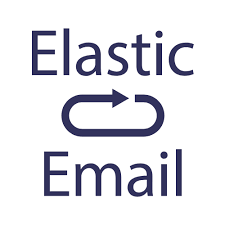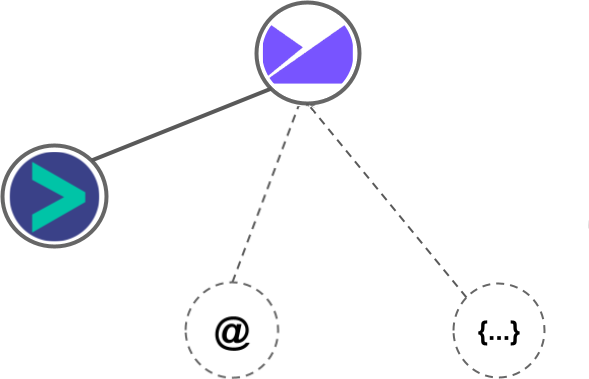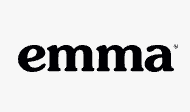Campaign Monitor vs Elastic Email
Hyperise integrates with 100's of sales and marketing tools, many of which are in the Email Marketing category. With so many to choose from it's sometimes hard to know which is best, but don't worry, we've got your covered.
In this comparison guide we're going to look at the Highlights, Pros, Cons and Pricing of Campaign Monitor and Elastic Email. We'll also delve into the details of which offers the best personalization options within Email Marketing, with there respective Hyperise integrations

Campaign Monitor
Pricing: Campaign Monitor pricing is based on the number of contacts you have in your account and the number of emails you send per month. Prices range from $9 (for up to 500 contacts and 2,500 emails per month) to $449 (for up to 100,000 contacts and 500,000 emails per month).
Vs

Elastic Email
Pricing: Elastic Email offers flexible pricing plans to suit any budget. Pricing is based on “pay as you go” model – you only pay for what you use. Prices start at $8.50/month for up to 10,000 sent emails and 7,500 contacts. Higher volume plans are also available.
Campaign Monitor vs Elastic Email Highlights
Campaign Monitor is a comprehensive email marketing service designed to help users create engaging and high-converting campaigns. It offers a user-friendly drag-and-drop platform and a suite of high-level tools to design custom and mobile-friendly emails, manage contact lists, analyze data, and generate and track leads. Elastic Email is a cost-effective SMTP email service provider that enables users to send transactional emails quickly and efficiently. It features powerful automation features and detailed analytics to ensure email campaigns are delivers at the right time and to the right people. While both services offer similar features such as contact list management, email design and tracking, Campaign Monitor is more feature-rich and focused on creating high-converting campaigns, while Elastic Email is focused more on transactional emails.
Campaign Monitor vs Elastic Email Pros
Campaign Monitor Pros
- Pros for Campaign Monitor compared to Elastic Email
- Easier to use: Campaign Monitor's user-friendly interface makes it easier to manage your campaigns.
- More customization options: Campaign Monitor provides more options for customizing email look and feel.
- Better targeting: Campaign Monitor offers better segmentation and targeting features, enabling you to send more targeted emails.
- More reliable deliverability: Campaign Monitor provides more reliable deliverability than Elastic Email, resulting in fewer emails being lost or blocked.
- Responsive templates: Campaign Monitor's responsive email templates ensure your emails look great on any device.
- Analytics: Campaign Monitor provides detailed analytics to track the performance of your emails.
Elastic Email Pros
- Pros for Elastic Email Compared to Campaign Monitor
- Cost Elastic Email is cheaper than Campaign Monitor, allowing you to send emails to larger audiences at a lower cost.
- Simplicity Elastic Email is simpler for small businesses to use compared to Campaign Monitor's more complex setup.
- Increasingly Active Community Elastic Email has an increasing active user community that can help users get the most out of their campaigns while Campaign Monitors active user base is limited.
- Robust API Elastic Email has a robust API, making it easy to integrate with other systems and apps. Campaign Monitor has a more limited API.
- Automation Elastic Email offers a variety of automated triggers, which can help businesses automate their emails. Campaign Monitor only offers basic automation capabilities.
Campaign Monitor vs Elastic Email Cons
Campaign Monitor Cons
- Campaign Monitor charges higher fees compared to Elastic Email
- Campaign Monitor offers fewer features compared to Elastic Email
- There are less customized automation and email tracking options in Campaign Monitor compared to Elastic Email
- Campaign Monitor does not have a built-in email editor whereas Elastic Email does
- Campaign Monitor has more design restrictions than Elastic Email
- Campaign Monitor has less in-depth analytics compared to Elastic Email
Elastic Email Cons
- More expensive than Campaign Monitor
- Limited template options
- More complex user interface
- Could be confusing to unfamiliar users
- Lacks integration with popular web-based platforms
- Not as intuitive as Campaign Monitor
- No mobile app
- Limited customization options
- Lack of visual editor
- Fewer reporting and analytics options than Campaign Monitor
- No API for deeper integrations
Campaign Monitor & Elastic Email Hyperise Integrations
Campaign Monitor uses the HTML code embed method to integrate with Hyperise, giving a simple way to add personalized images to your messages.
Campaign Monitor makes the following data points available to Hyperise, to enable personalization in images used in outreach and linked out to your personalized website landing pages.

- Using business Email passed from Campaign Monitor, Hyperise is able to enrich business logo and website screenshots. In some cases, with a business Email we're also able to enrich profile images, subject to the business email having a publicly available profile.
Campaign Monitor Integration Guide
Elastic Email uses the HTML code embed method to integrate with Hyperise, giving a simple way to add personalized images to your messages.
Elastic Email makes the following data points available to Hyperise, to enable personalization in images used in outreach and linked out to your personalized website landing pages.

- Using business Email passed from Elastic Email, Hyperise is able to enrich business logo and website screenshots. In some cases, with a business Email we're also able to enrich profile images, subject to the business email having a publicly available profile.
Elastic Email Integration Guide

 vs
vs  vs
vs  vs
vs  vs
vs  vs
vs 

 vs
vs  vs
vs  vs
vs 



 vs
vs  vs
vs  vs
vs  vs
vs  vs
vs  vs
vs  vs
vs  vs
vs 

















